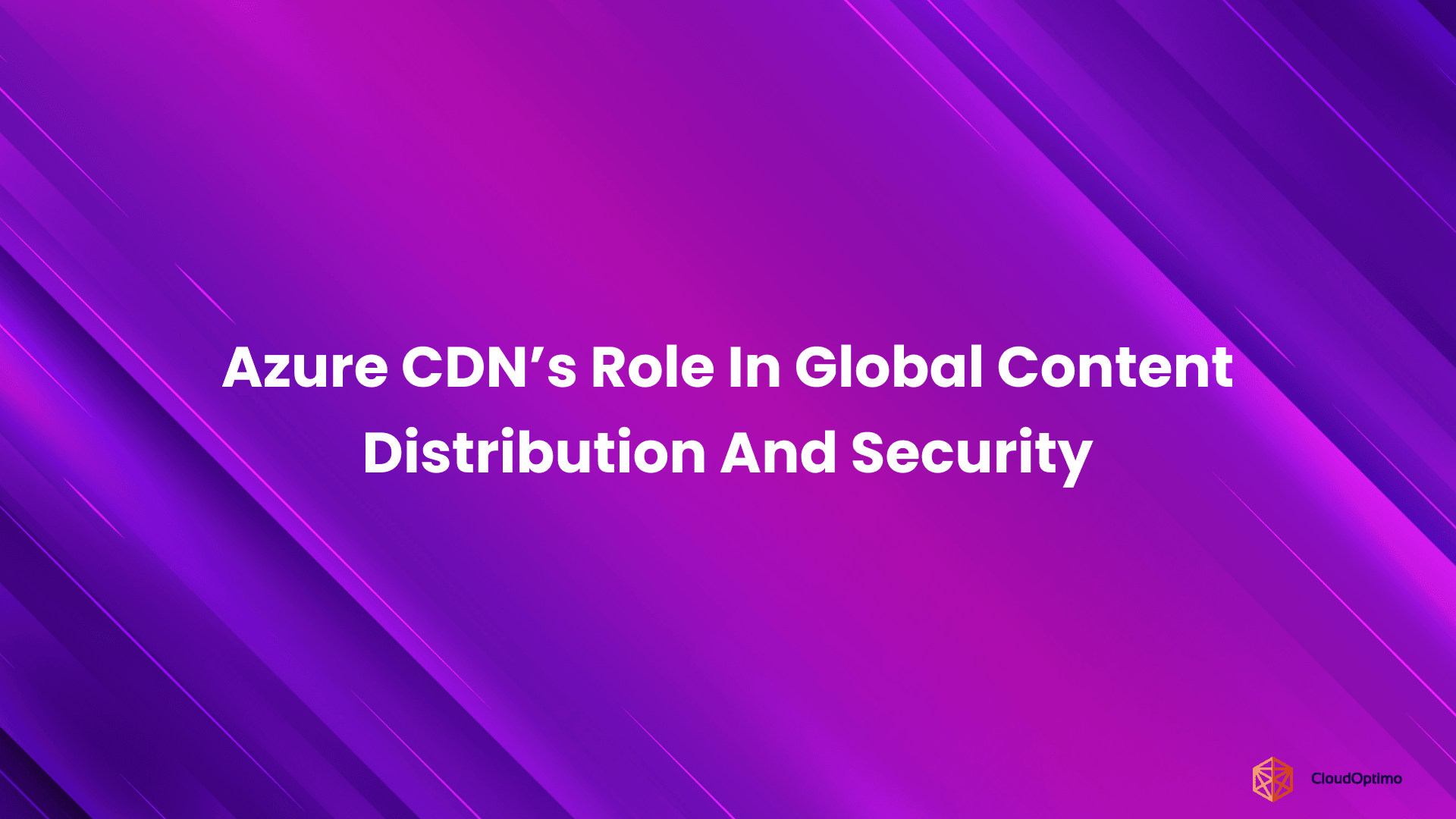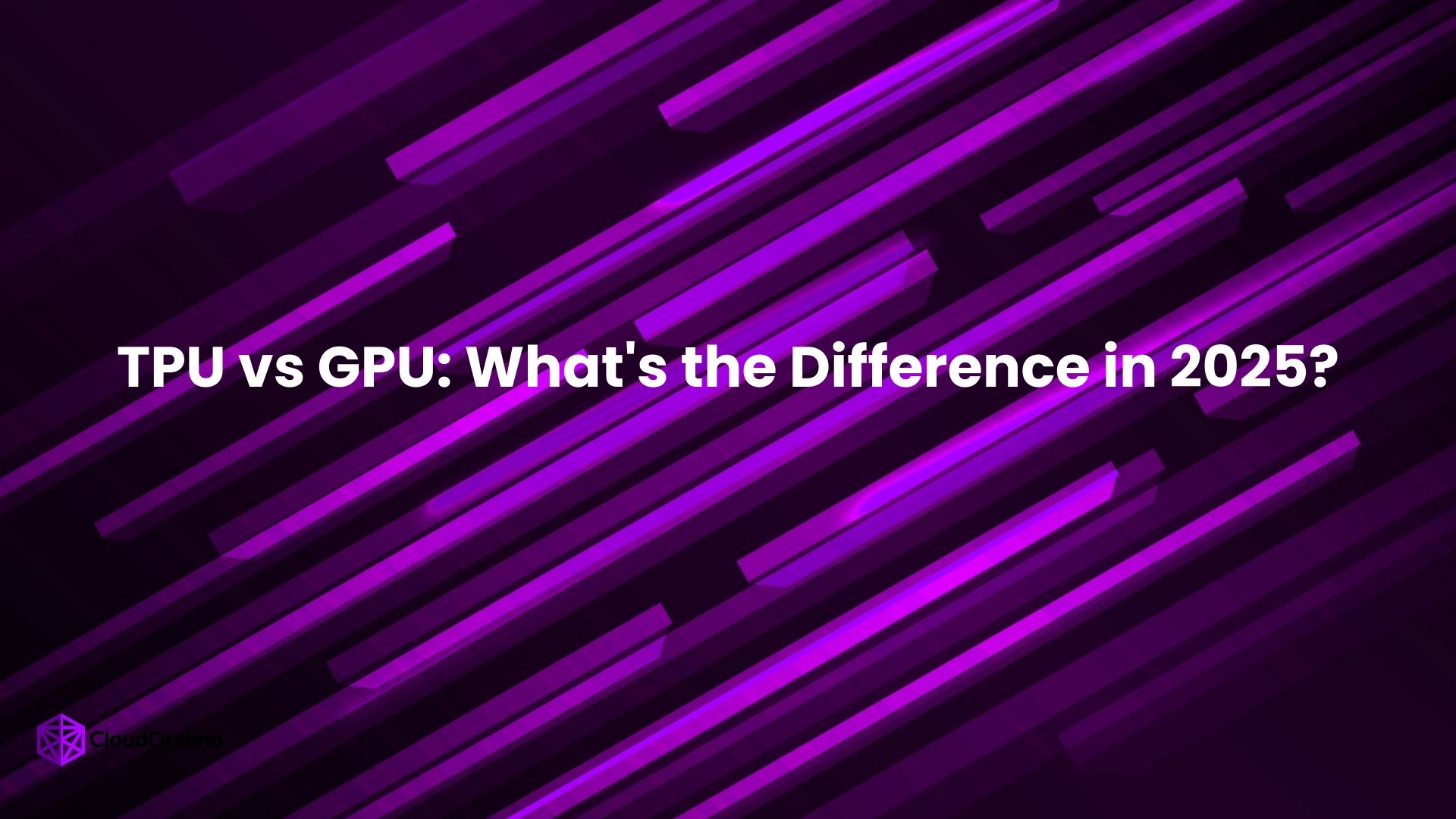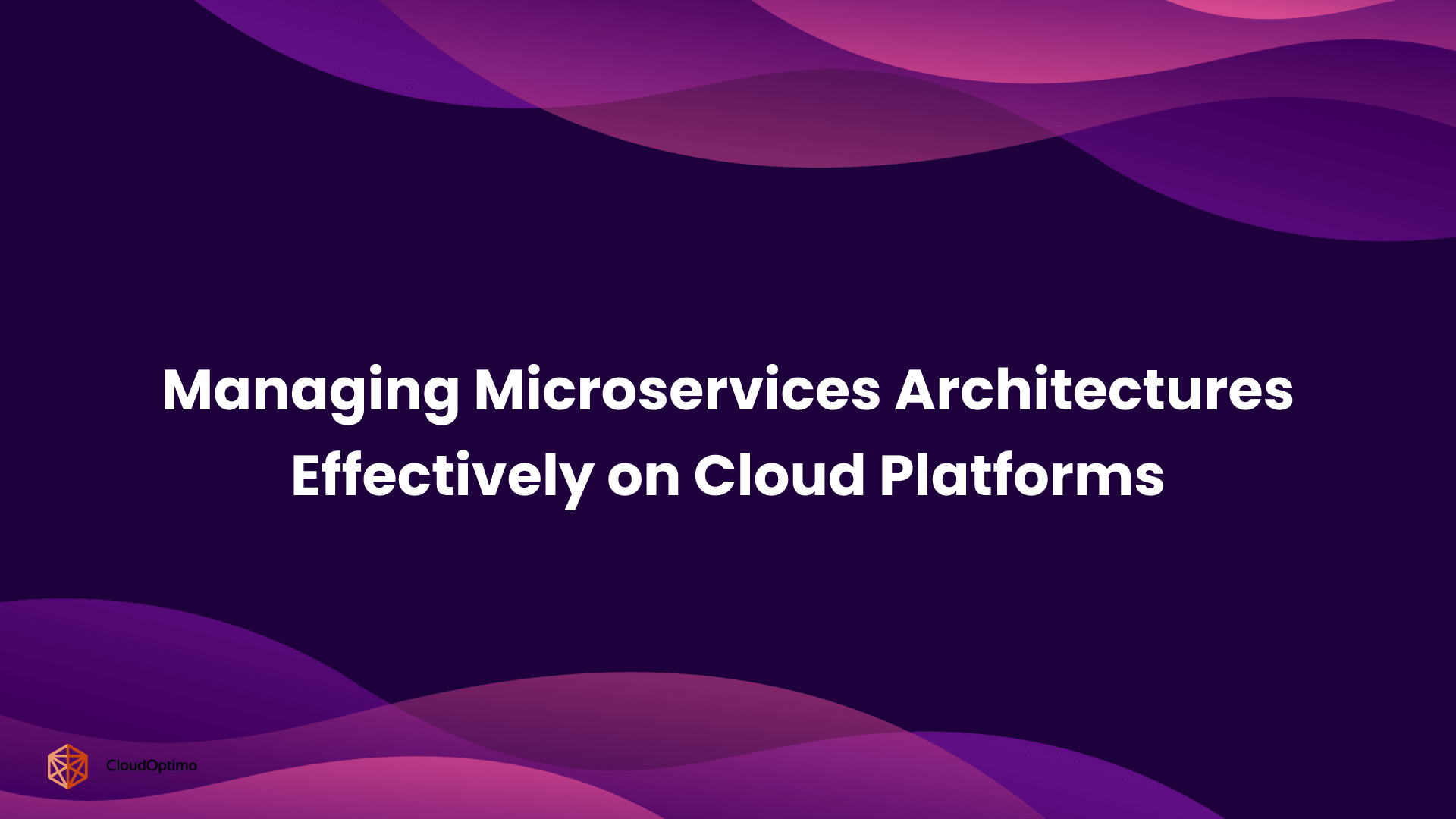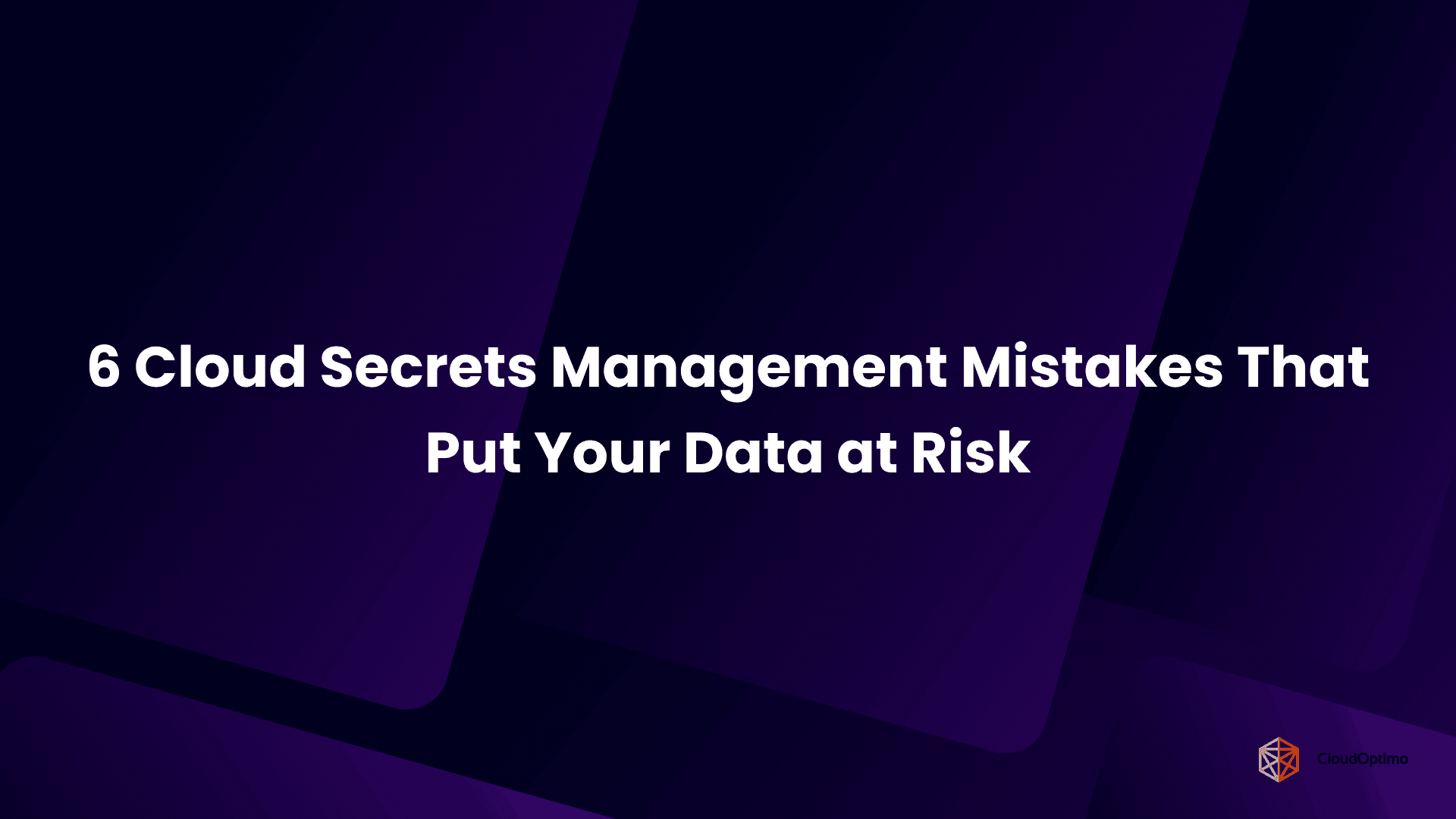1. Contextualizing AWS Compute in 2025
1.1 The Growing Complexity of AWS Instance Selection
As AWS continues to expand its EC2 offerings, selecting the right compute instance has become increasingly complex. With dozens of instance families and hundreds of instance types spanning general purpose, compute-optimized, memory-optimized, and specialized categories, users must now evaluate not just CPU and memory, but also architecture, performance benchmarks, licensing implications, and workload compatibility.
This complexity is compounded by the coexistence of multiple compute architectures, such as x86-based Intel and AMD processors, alongside AWS’s custom ARM-based Graviton processors. Moreover, the retirement of older compute metrics like ECUs and the introduction of new benchmarks make it critical to understand what each metric truly represents in today’s cloud environment.
1.2 Why Compute Metrics Still Matter
Despite the rise of abstracted compute services like Fargate and Lambda, foundational compute metrics like vCPUs, CPU clock speed, and architecture type remain essential for sizing EC2 instances accurately. These metrics directly influence:
- Application performance and responsiveness
- Licensing for software that charges per core or thread
- Cost efficiency, especially for compute-heavy workloads
- Compatibility with compiled binaries and platform-specific optimizations
For engineers and architects aiming to balance performance, cost, and scalability, understanding how AWS defines and delivers compute power remains crucial in 2025.
1.3 Shifts in Application Demands and Architecture
Modern application workloads are evolving rapidly. Cloud-native paradigms, containerization, and microservices architectures demand horizontally scalable and lightweight compute. At the same time, specialized workloads like machine learning, video transcoding, and high-performance computing require consistent and high-throughput processing.
These shifting demands have led to a stronger focus on:
- Energy efficiency (driving adoption of ARM-based instances)
- Multi-architecture support (x86 and ARM coexisting)
- Fine-grained instance tuning (selecting optimal vCPU-to-memory ratios)
AWS’s compute landscape reflects these changes, prompting users to revisit how they evaluate and choose compute resources.
2. Understanding AWS Compute Units
2.1 What is a vCPU in AWS?
A vCPU (virtual Central Processing Unit) in AWS is a logical unit of compute capacity that typically corresponds to a thread on a physical processor core. For instance, on an Intel or AMD processor with simultaneous multithreading (SMT), one core may support two vCPUs.
In most EC2 instances:
- 1 physical core with SMT = 2 vCPUs
- Instances advertise total vCPUs, not physical cores
AWS uses vCPUs as the standard unit for defining instance CPU capacity. However, it's important to recognize that vCPU performance can vary based on the underlying hardware, hypervisor scheduling, and the instance family.
| Instance Type | vCPUs | Physical Cores | Architecture |
| t3.medium | 2 | 1 (with SMT) | x86_64 (Intel/AMD) |
| c7g.large | 2 | 2 (no SMT) | ARM (Graviton3) |
Note: Graviton processors (ARM-based) do not use SMT. Therefore, 1 vCPU = 1 physical core on ARM instances.
2.2 Historical Context: The Role and Retirement of ECUs
Before vCPUs, AWS used EC2 Compute Units (ECUs) as a way to normalize CPU performance across varying hardware. Introduced in the early days of EC2, one ECU was roughly equivalent to the performance of a 1.0–1.2 GHz 2007 Intel Xeon processor.
However, as newer processors became more complex and diverse, ECUs became difficult to interpret. The lack of transparency and the inability to map ECUs directly to modern CPU architecture led AWS to phase them out in favor of vCPUs around 2014.
Key issues with ECUs included:
- No clear mapping to physical hardware
- Inconsistent performance across instance generations
- Limited usefulness for sizing workloads accurately
2.3 ARM Architecture and the AWS Graviton Line
AWS introduced its custom ARM-based Graviton processors to offer a more cost-effective and energy-efficient compute option. Based on ARM Neoverse cores, the Graviton series has evolved from Graviton (2018) to Graviton3 (2022+), offering significant improvements in performance, scalability, and energy efficiency.
Advantages of ARM-based instances:
- Lower cost: Typically 20–40% cheaper than comparable x86 instances
- Power efficiency: Ideal for high-scale, distributed workloads
- Performance: Graviton3 offers up to 25% better performance than Graviton2
Graviton instances (e.g., t4g, c7g, m7g) are gaining traction for containerized apps, web servers, CI/CD workloads, and even machine learning inference tasks.
3. From ECU to vCPU: A Technical Transition
3.1 Why AWS Moved Away from ECUs
The main reason for deprecating ECUs was their lack of precision in representing compute capability on newer processors. As EC2 adopted diverse hardware—from different generations of Intel Xeons to AMD EPYC chips—the ECU model struggled to provide consistent performance expectations.
By contrast, vCPUs offered a more transparent and direct abstraction:
- Easier to map to actual hardware (threads)
- Better aligned with licensing models (especially in Windows and Oracle environments)
- Compatible with industry-wide understanding of CPU topology
3.2 vCPU: Standardization and Industry Adoption
The vCPU model aligned AWS with industry standards used across virtualization platforms such as VMware, Hyper-V, and container orchestrators like Kubernetes. It also improved cross-cloud comparability, as Azure and Google Cloud adopted similar conventions.
Standardization of vCPUs has made:
- Instance benchmarking more reliable
- Licensing policies simpler to calculate
- Resource requests in containerized environments (e.g., Kubernetes requests.cpu) easier to define
3.3 Impacts on Performance Benchmarking
With the shift to vCPUs, performance benchmarking became more predictable, but not always simpler. Users now need to consider:
- Clock speed and CPU generation (e.g., Ice Lake, Milan, Graviton3)
- Architecture differences (x86 vs ARM)
- Instance family behaviors (burstable vs dedicated)
For accurate workload planning, synthetic benchmarks (like SPECint, Geekbench) and real-world application performance remain necessary complements to vCPU counts.
| Metric | ECU Era | vCPU Era |
| Core-to-unit mapping | Abstracted | Transparent (thread-based) |
| Performance consistency | Varies by generation | Aligned with hardware |
| Cost clarity | Moderate | High |
| Architecture awareness | Low | High (x86 vs ARM shown) |
4. vCPU: Mechanics and Implementation
4.1 vCPU-to-Hardware Mapping (Threads, Cores, Hypervisors)
A vCPU in AWS typically represents a single thread on a processor core, especially when hyperthreading (SMT) is enabled. On x86 architectures (Intel or AMD), a physical core may support two vCPUs through SMT. On ARM-based Graviton processors, which do not use SMT, one vCPU equals one physical core.
The actual mapping is managed by the AWS Nitro hypervisor, which provides near-native performance by minimizing virtualization overhead.
| Processor Type | vCPU per Core | Hyperthreading (SMT) | Architecture |
| Intel Xeon (x86) | 2 | Enabled | x86_64 |
| AMD EPYC (x86) | 2 | Enabled | x86_64 |
| AWS Graviton (ARM) | 1 | Disabled | ARM64 |
Understanding this mapping is important for interpreting performance, especially in multithreaded applications or software with core-based licensing.
4.2 vCPU Behavior Across Instance Types (T, C, M, R, etc.)
AWS EC2 instances use vCPUs differently based on their family design:
- T (e.g., t3, t4g): Burstable instances with CPU credits. vCPU availability is dynamic and may throttle after exceeding baseline.
- C (e.g., c6i, c7g): Compute-optimized, designed for high-performance CPU workloads.
- M (e.g., m6a, m7g): General purpose with balanced CPU-memory ratio.
- R (e.g., r6i, r7g): Memory-optimized for in-memory databases and big data workloads.
Each family has different vCPU-to-memory ratios, network bandwidth configurations, and performance expectations. ARM-based versions of these families (e.g., c7g, m7g) use Graviton processors.
4.3 Limitations and Bottlenecks in Multi-vCPU Environments
While more vCPUs offer more compute power, several bottlenecks can arise:
- Shared resources: Threads on the same physical core share cache and execution units, reducing per-thread performance.
- Noisy neighbor effects (especially on burstable instances)
- Non-uniform memory access (NUMA) penalties on large instances
- Oversubscription risks in virtualized environments, especially under high host utilization
Workloads that rely heavily on parallelism must be tested for scalability rather than assuming linear improvements with added vCPUs.
4.4 vCPU Influence on Licensing and Cost Models
Many commercial software products (e.g., Oracle, SQL Server, Windows Server) use per-core or per-vCPU licensing. This has two implications:
- Cost implications: Licensing fees increase with vCPU count, sometimes exceeding the cost of the instance itself.
- Architecture-specific licensing: Some licenses are designed for x86 only, requiring renegotiation or compatibility checks for ARM-based deployments.
AWS provides Dedicated Hosts and vCPU-based license counting tools to manage these complexities.
5. EC2 Compute Units (ECU): A Legacy View
5.1 ECU Design Philosophy and Intended Use
Introduced during AWS's early EC2 days, the EC2 Compute Unit (ECU) aimed to abstract hardware differences and provide a normalized compute metric. One ECU approximated the performance of a 1.0–1.2 GHz 2007 Xeon processor.
At the time, this allowed developers to size workloads without deep knowledge of the underlying hardware. For example:
- 1 ECU ≈ baseline compute power of an early-gen Xeon core
- 10 ECUs ≈ multi-core instance
The goal was to provide a simplified comparison metric for different instance types.
5.2 Technical Shortcomings and Inconsistencies
As AWS added newer processors and diversified its infrastructure, ECUs became increasingly unreliable:
- Lack of transparency: Users couldn’t map ECU to actual cores or threads.
- Inconsistent scaling: ECU-to-performance ratios varied between generations.
- Opaque benchmarks: AWS didn’t disclose test conditions or calibration logic.
These issues led to misaligned expectations. For example, two instances with similar ECU ratings could perform very differently due to architectural differences.
5.3 Residual Impact on Older Generation Instances
While AWS no longer uses ECUs for new instance types, legacy documentation and older-generation instances (like m1, c1, t1) may still reference ECU ratings.
For example:
- m1.large: 4 ECUs
- c1.xlarge: 20 ECUs
Such references are now deprecated, and newer AWS documentation fully adopts the vCPU model. However, workloads running on these older types should be evaluated for migration, especially when planning modernization or architecture standardization.
6. ARM-Based Computing on AWS
6.1 Introduction to ARM and Graviton CPU Architectures
ARM is a Reduced Instruction Set Computing (RISC) architecture known for energy efficiency and performance-per-watt advantages. AWS entered this space with its Graviton processors, custom-designed ARM chips optimized for cloud workloads.
Evolution:
- Graviton (2018) – 1st-gen, modest performance
- Graviton2 (2020) – Massive leap in general-purpose compute
- Graviton3 (2022) – Improved AI, ML, and floating-point performance
These processors are fully managed by AWS and integrated into many EC2 instance families.
6.2 Performance and Efficiency of Graviton2 vs Graviton3
Graviton2:
- 64 cores
- 7nm process
- Comparable to mid-range x86 chips
Graviton3:
- 25% better general-purpose performance than Graviton2
- 2x floating-point performance
- 3x ML inference throughput
- DDR5 memory and better cache design
| Metric | Graviton2 | Graviton3 |
| Process Node | 7nm | 5nm |
| Performance Gain | – | +25% |
| Memory Type | DDR4 | DDR5 |
| Power Efficiency | High | Higher |
| ML Performance | Baseline | 3× Graviton2 |
6.3 Suitability for Specific Workloads (Containers, ML, Web Apps)
Graviton instances are ideal for:
- Web servers & APIs: nginx, Node.js, Go, Python apps
- Containers: Fully supported in ECS, EKS, and Docker
- CI/CD pipelines: Fast builds with ARM-native compilers
- Machine Learning Inference: Particularly for TensorFlow Lite, ONNX
Graviton3 adds hardware acceleration for bfloat16 and int8, improving ML inference.
Compatibility with most modern open-source software is excellent, although certain closed-source x86-only binaries may require workarounds or replacements.
6.4 Migration Considerations for x86 to ARM
Migrating from x86 to ARM on AWS involves:
- Code recompilation: Applications must be recompiled for ARM64 if not interpreted (e.g., Go, Rust, C++).
- Dependency management: Some packages or libraries may lack ARM builds.
- Performance testing: Benchmarking ARM performance is critical, especially for CPU-intensive workloads.
AWS offers tools like the Graviton Readiness Checker, and most containerized applications can migrate with minimal changes by rebuilding images for arm64.
7. Comparative Analysis: vCPU vs ECU vs ARM
7.1 Compute Metric Comparison: Precision, Transparency, Performance
AWS’s evolution from ECU to vCPU, and now to architecture-level abstraction (e.g., ARM with Graviton), reflects a broader push toward clarity and control in cloud compute.
- ECUs offered a basic abstraction but lacked hardware transparency.
- vCPUs provide a closer representation of actual hardware threads, improving resource planning and compatibility.
- Graviton (ARM) moves further, exposing physical cores directly and avoiding hyperthreading altogether. This results in consistent and predictable performance without virtualization ambiguity.
While all three models attempted to simplify compute evaluation, only vCPUs and Graviton’s core-based units provide actionable accuracy for sizing and benchmarking in modern environments.
7.2 Power Consumption and Efficiency Metrics
Power efficiency is now a first-class concern, especially in large-scale or latency-sensitive applications. AWS’s Graviton3 processors, built on a 5nm ARM architecture, offer a substantial power-performance advantage over x86 counterparts.
On average:
- Graviton3 consumes up to 60% less energy for similar compute output.
- Lower thermal design power (TDP) translates into better utilization and reduced cooling requirements in dense environments.
These advantages make ARM-based instances increasingly attractive for organizations prioritizing cost savings and environmental efficiency in 2025.
7.3 Cost-Performance Tradeoffs in 2025
Graviton-based instances consistently deliver better price-performance ratios for general-purpose and scalable workloads. While high-frequency x86 instances still dominate in certain single-threaded tasks, the gap is narrowing.
| Instance | Arch | vCPUs | Hourly Cost (USD) | Performance (Relative) |
| c7g.large | ARM | 2 | ~$0.034 | High (multi-threaded) |
| c6i.large | x86 | 2 | ~$0.045 | High (single-threaded) |
The financial impact becomes clearer at scale. For workloads where horizontal scaling is possible, Graviton delivers equivalent or superior throughput at a significantly reduced cost.
7.4 Developer Ecosystem and Tooling Support
Tooling and ecosystem support for ARM has matured rapidly. Most open-source technologies, CI/CD tools, and programming languages (e.g., Python, Go, Rust, Java) support ARM64 natively. Docker and Kubernetes also handle multi-architecture containers with ease.
That said, some legacy or commercial software — especially those without ARM-native binaries — may still face compatibility challenges. In such cases, x86 remains the safer choice unless vendor support is clearly defined.
8. Decision Framework for 2025
8.1 Choosing Based on Workload Profile (CPU-bound, I/O-bound, etc.)
Selecting the right instance architecture depends primarily on the workload profile:
- CPU-bound applications (e.g., scientific computing, batch processing) require high compute throughput. Graviton works well here if the workload is parallelizable.
- I/O-bound workloads (e.g., in-memory databases, file processing) depend more on memory bandwidth and disk performance—both well-supported on ARM and x86.
- Latency-sensitive apps might still benefit from specific x86 optimizations and higher core frequencies, particularly in gaming or low-latency financial systems.
8.2 Evaluating Compatibility and Portability (x86 vs ARM)
Portability is essential when considering long-term maintainability:
- Containerized and interpreted applications (Node.js, Python, Java) generally require no changes and can be redeployed to ARM with minor testing.
- Compiled binaries may require rebuilding for ARM64. Most languages offer cross-compilation support, but it adds build complexity.
- Closed-source or legacy workloads may not function on ARM unless vendor support or emulation is available.
Before switching, teams should assess build pipelines, dependencies, and third-party licensing implications.
8.3 Multi-Architecture Strategies in Modern Cloud Environments
AWS users are increasingly adopting hybrid architectures, running both x86 and ARM-based instances within the same environment. This approach allows:
- Cost optimization (offloading scalable services to ARM)
- Legacy support (keeping tightly-coupled or proprietary workloads on x86)
- Gradual migration without infrastructure disruption
Using multi-arch Docker builds, CI tools like GitHub Actions or GitLab CI, and infrastructure-as-code (e.g., Terraform with conditional instance types), teams can efficiently manage diverse workloads while maintaining portability and resilience.
9. Benchmarks and Real-World Data
9.1 Synthetic vs Real-World Performance (SPEC, Geekbench, etc.)
Synthetic benchmarks like SPEC CPU, Geekbench, and Phoronix provide useful baselines for measuring core and thread performance. However, they often fail to capture real-world behavior under actual workloads.
What truly matters is how a workload performs under expected production conditions — including:
- Web traffic response times
- Build durations
- API latency
- Batch processing throughput
AWS and third-party studies consistently show that Graviton3 delivers performance on par with or exceeding similarly priced x86 instances in these real-world conditions, especially when workloads are horizontally distributed.
9.2 Graviton3 vs x86 Instances: Case Studies
In real-world tests:
- CI/CD workloads (e.g., building a Go or Java application) were completed 15–30% faster on Graviton3 with the same or fewer vCPUs.
- Web servers (e.g., Nginx or Node.js) running on c7g instances handled 20–25% more requests per second than c6i instances at a lower cost.
- ML inference tasks (e.g., ResNet50 inference with TensorFlow) ran up to 40% faster on ARM, benefiting from optimized vector instructions in Graviton3.
These results confirm that Graviton3 is not just a cost-saving option but a performance leader in many cloud-native use cases.
9.3 Pricing Models and Total Cost of Ownership (TCO)
Total Cost of Ownership goes beyond hourly pricing. It includes compute efficiency, required vCPU count, software licensing, power usage (if on-prem or hybrid), and long-term scalability.
ARM-based instances reduce TCO through:
- Lower hourly rates
- More efficient compute per dollar
- Reduced licensing exposure for per-core software
- Better packing density for container workloads
At scale, organizations have reported 20–40% savings after migrating to Graviton, particularly for stateless services, build systems, and backend APIs.
10. Conclusion: Making Sense of AWS Compute Choices in 2025
As of 2025, navigating AWS compute options requires more than a surface-level understanding of instance families or advertised specs. With the retirement of ECUs, the rise of vCPUs as a standardized abstraction, and the rapid adoption of ARM-based Graviton processors, compute selection has become both more flexible and more complex.
Key Takeaways:
- ECUs are legacy and should not inform any modern compute planning. Their abstraction was too opaque to scale with evolving infrastructure.
- vCPUs remain the standard unit for instance sizing and software licensing, particularly in x86-based environments. However, their behavior varies depending on the underlying architecture, especially in relation to hyperthreading and shared resources.
- Graviton (ARM) is no longer experimental—it’s a production-grade, high-efficiency alternative that delivers measurable gains in price-performance, energy efficiency, and scalability. For most general-purpose, containerized, or horizontally scaled workloads, it’s now a preferred default.
- Workload alignment matters more than metrics alone. Understanding the nature of your compute tasks—whether CPU-bound, memory-intensive, or latency-sensitive—remains critical when choosing between architectures.
- Multi-architecture strategies are not optional. Forward-looking organizations increasingly adopt a hybrid compute model, leveraging both ARM and x86 where each fits best. This requires rethinking build pipelines, monitoring, and licensing, but the payoff in flexibility and cost efficiency is substantial.
In the end, compute metrics like vCPU and performance benchmarks are only useful when interpreted in context. Architecture-specific characteristics, workload demands, and total cost implications now drive the real value conversation. As AWS continues to innovate on both x86 and ARM fronts, staying architecture-aware—and not just metric-aware—is the key to making optimal infrastructure choices in 2025.





